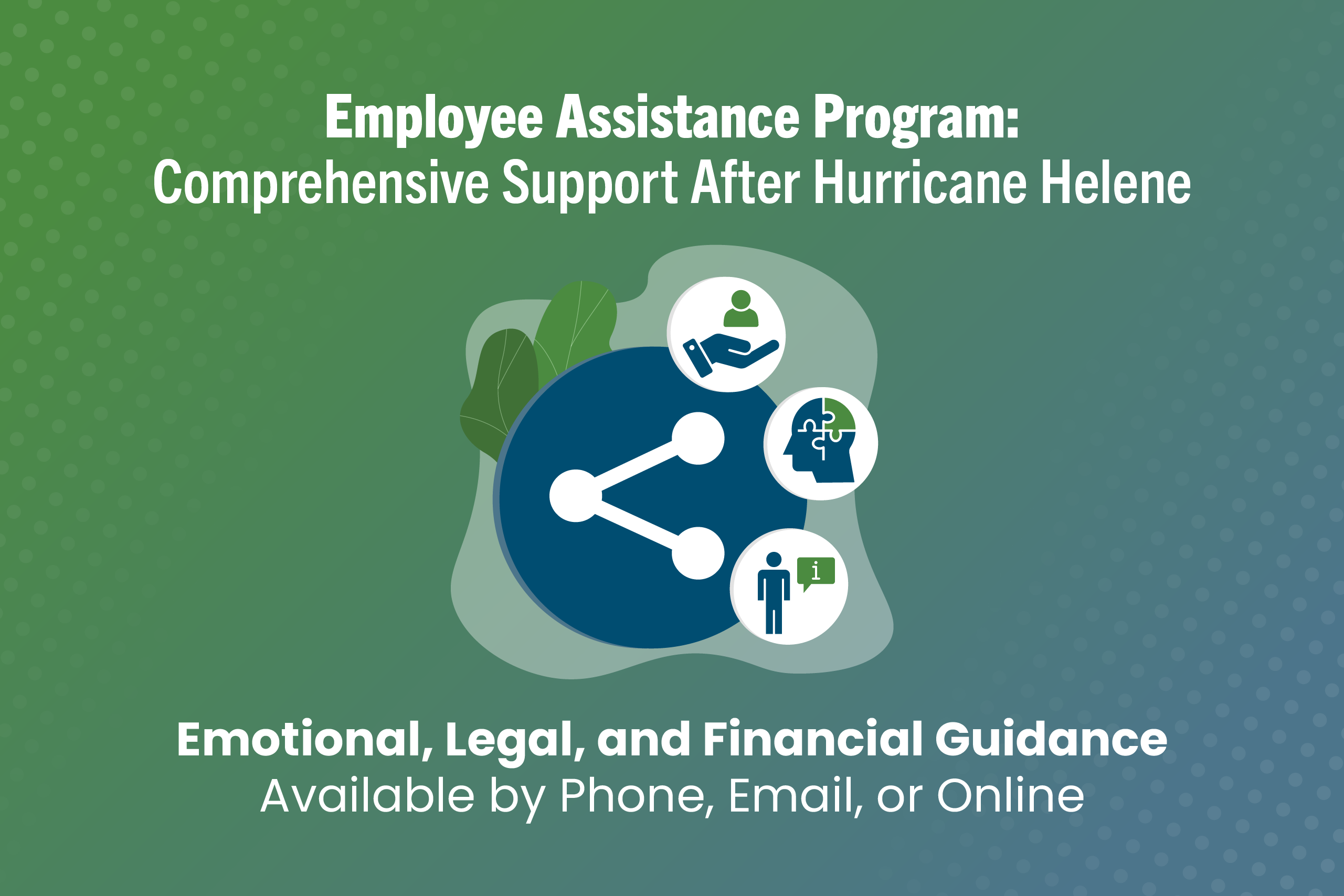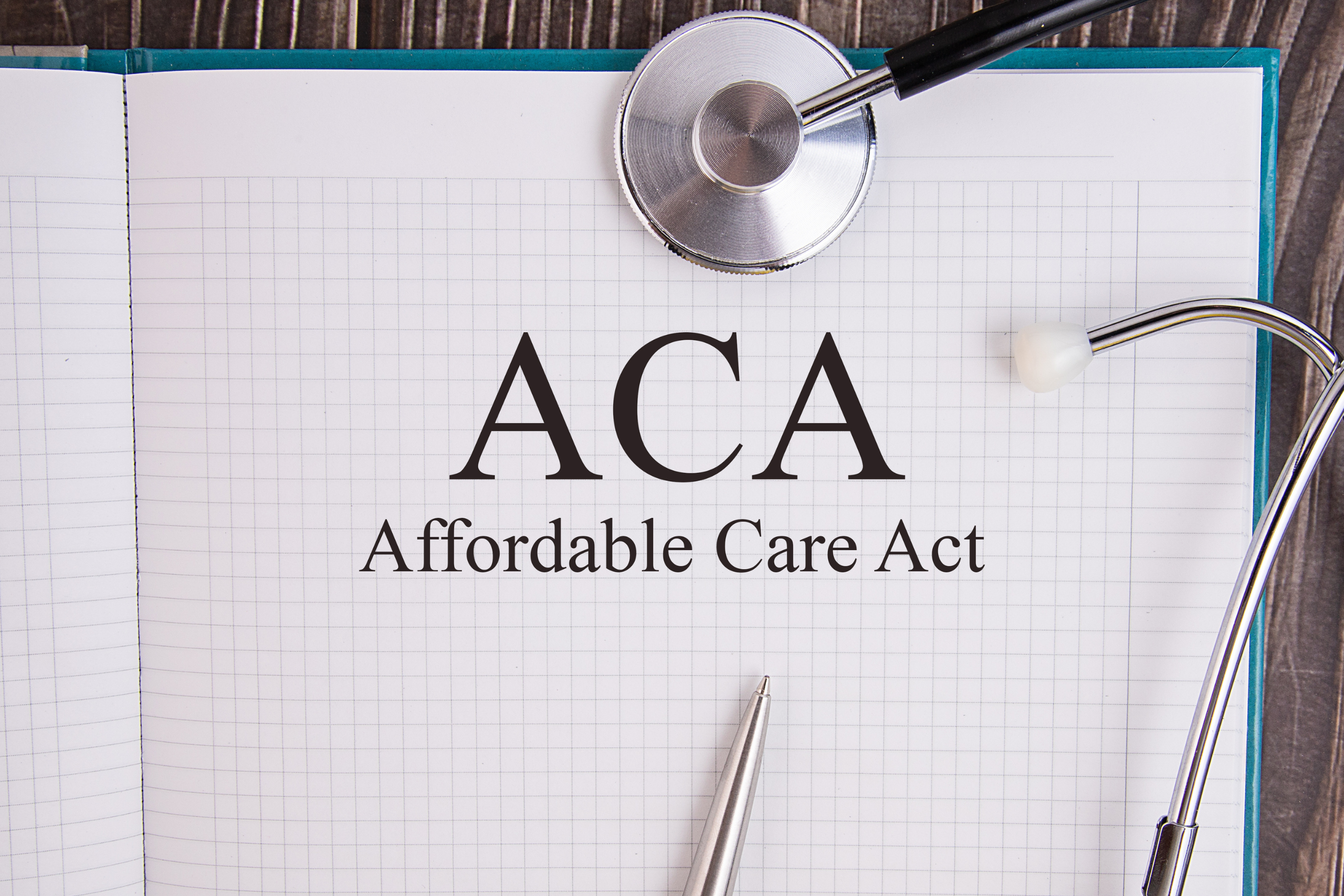For most benefits, you elect to have the benefit for the entire plan year, with changes typically made during the next enrollment period. However, there are exceptions allowing you to make changes to your benefits outside of your enrollment period, known as qualifying life events (QLEs) or qualifying mid-year events.
What Are Qualifying Life Events?
Qualifying life events are specific circumstances, as defined by the Internal Revenue Service (IRS), that allow you to make changes to your benefits outside of the annual enrollment period. Common QLEs include marriage, divorce, birth, or adoption, and retirement. If you think you might need to make a change to your insurance coverage, review the list below to see if any of these events are applicable to your situation. It is important to note that “applicable” refers to a change that is directly related to the individual experiencing the QLE; changes based on financial reasons alone are not allowed under current IRS regulations; and documentation to confirm changes may be required.
List of Qualifying Life Events
Dependent Changes
- Birth, Adoption, or Foster Care Placement: Add a new dependent to your benefits within 30 days of the birth, adoption, or placement date. Required documents may include a copy of the birth certificate, adoption decree, or official state agreement for placement and the dependent’s social security number.
- Dependents Aging Out: Different policies have different age restrictions for dependent coverage, such as 18, 21, or 26 years old. Check your policy and notify the provider when a dependent has aged out to adjust your deductions.
Household Changes
- Marriage: Add a new spouse to your policy within 30 days of the marriage date, requiring a copy of the marriage certificate.
- Legal Separation: Remove a spouse from your policy within 30 days of the legal separation date, requiring a copy of the separation agreement or affidavit.
- Divorce: Remove a former spouse from your policy within 30 days of the divorce date, requiring a copy of the divorce decree.
- Death of a Spouse or Dependent: Remove a spouse or dependent from your plan within 30 days, requiring a death certificate.
Health Coverage Changes
- Loss of Employer-Sponsored Health Coverage: If you or a spouse loses health insurance coverage sponsored by your employer, you or your spouse may qualify to join the other’s health plan. Employees, along with their spouse, former spouse, and/or dependents, may have the opportunity to maintain their group health insurance coverage for 18-36 months under COBRA (Consolidated Omnibus Budget Reconciliation Act).
- Loss of Eligibility for or Entitlement to Medicare, Medicaid, or CHIP: If you, your spouse, or dependent becomes entitled to or ineligible for Medicare or Medicaid, or another similar government or state-sponsored program like CHIP, you qualify to adjust your health coverage accordingly.
Employment and Leave Changes
- FMLA Leave: A leave of absence covered under the Family & Medical Leave Act (FMLA) qualifies you to make changes to your benefits if needed.
- Non-FMLA Leave: A leave of absence not covered by FMLA that is for an applicable QLE qualifies you to make changes to your benefits if necessary. However, if a leave of absence occurs for an event not considered an eligible QLE, you will have to wait until the next annual enrollment period to enroll in or make changes to your coverage.
- Retiring: If you are retiring, you are eligible to make changes to your insurance coverage and may be eligible for government or state-sponsored coverage.
- Part-Time to Full-Time or Vice Versa: If you are transitioning to full-time, you may qualify for more benefits. If transitioning to part-time, you may need to update your coverage and stop deductions for benefits for which you may no longer be eligible for.
- Change in Spouse’s Employment or Coverage: If your spouse accepts a new position or changes coverage due to a change in residence or income, they are eligible to make changes to their benefits and may now be eligible to join your coverage.
Pierce Group Benefits (PGB) Accounts
- Transferring Employers: If you are transferring from one employer to another and both are PGB clients, you may be eligible to transfer your supplemental benefits. Please call our Service Center for assistance.
- New Hire: If you are joining an employer who is a client of PGB, please review the new hire eligibility and enrollment information found in your benefits guide or on your employer’s benefits microsite.
- Retiring: If you are retiring from an employer who is a client of PGB, many of your supplemental benefits are portable and can be moved from payroll deduction to direct billing or bank draft. Please call our Service Center for assistance.
Consequences of Inaction on Qualifying Life Events
If you do not take action following a qualifying life event, you will miss the opportunity to adjust your benefits to better suit your new circumstances. This could result in inadequate coverage or unnecessary expenses. For example, failing to add a new dependent within the required timeframe could leave them without essential coverage. Similarly, not removing a dependent after they have aged out could lead to continued deductions for someone no longer eligible for coverage. In essence, neglecting to act on a QLE can lead to financial inefficiencies and gaps in coverage, potentially impacting you, your spouse, and your dependents’ well-being. Therefore, it’s crucial to promptly address any QLEs to ensure your benefits align with your current life situation.
Partnering with Pierce Group Benefits
We understand that life doesn’t always follow an insurance plan year, and changes to your benefits may be necessary. It’s important to review the policies of your employee benefits and adjust as needed to ensure you, your dependents, and others covered under your plan are adequately protected, and that you’re not paying for those who are no longer eligible for coverage. For more information on QLEs, speak with your PGB Account Executive or get in touch with a PGB Representative at partnership@piercegroupbenefits.com.














